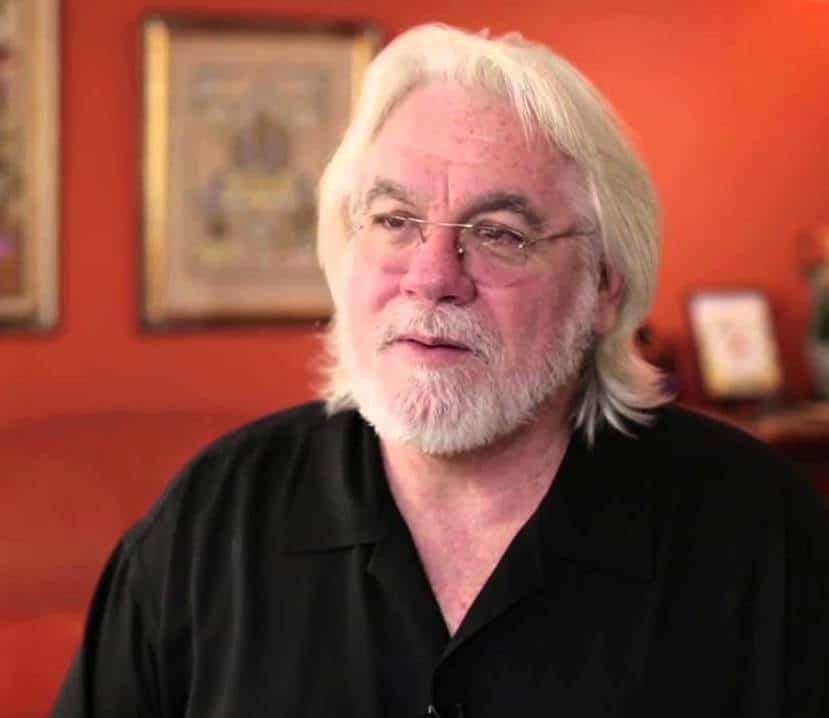Share:
In this episode we talked with author and business consultant Michael Carroll and discussed the top 9 most important things that a leader needs to do to create a workplace culture where leaders and team members truly care for each other.
Michael Carroll was a vice-president in Human Resources within multiple companies including American Express, Simon & Schuster, and The Walt Disney Company. Since then he has served as an advisor and consultant for many Fortune 500 companies and is the author of the groundbreaking book, The Mindful Leader.
Join us as we learn the ways in which mindfulness and mindful leadership have helped Michael navigate the obstacles that come with being a business leader. Hear about the lessons we can learn from conflict and resistance.
Here is a link to Michael’s website:
Michael’s Website
Here is a link to Michael’s book:
The Mindful Leader
Here is a link if you want to connect with Michael on Linkedin:
Michael’s Linkedin
Michael’s Top 9
“These principles to a great degree not only flow from my experience of working in many organizational settings, but really do come from the meditative discipline, mindfulness meditation.” – Michael Carroll
1. Eliminate Toxicity
“If you need to dismantle any of the toxic misunderstandings of your bias, you are more likely to do it if you are aware of it.” – Michael Carroll
“Biases become toxic when they are rigid and when we are unaware of them.” – Michael Carroll
2. Appreciate Health
Business leaders see more each day that understanding and appreciating the health of yourself and your employees is a foundational value in high performing workplaces.
By appreciating the health of our employees and ourselves, we form trust.
3. Build Trust and Confidence
When you have the trust and confidence of your team, you will have a highly efficient team.
Employees will go surprisingly above and beyond if they are led by someone they trust and have confidence in.
4. Send Clear Messages
Unclear or mixed messaging is one of the key factors that leads to unhappy employees.
When we send unclear messages to our team, we create confusion and frustration which amplifies other issues a team member may be facing.
5. Embrace Resistance
“Resistance has the lessons you want to learn in it, conflict has the lessons you want to learn in it. Instead of avoiding or opposing change we must embrace it so that we can learn from it.”
6. Understand Bias
“The meditation gives you the ability to actually rely on those biases skillfully to the advantage of all. That’s the fundamental discovery in the meditation around learning to work with mindsets. They don’t become fixed, they become fluid.” – Michael Carroll
7. Accept Invitations
As leaders we should aim to always accept invitations to learn from and serve those we lead.
When we continuously and consistently accept invitations, we build trust among our team members that we will help, guide, and support as much as we are able to.
8. Heal Wounds
Oftentimes people want to sweep tensions and conflicts under the rug. It is much easier to avoid a tough conversation than to face it.
However, when we work to resolve these conflicts, we heal wounds for ourselves and for our team members. By working together to heal wounds, we create compassion and understanding for one another.
9. Be Realistic
One of the most important aspects of mindfulness is to become grounded in reality. The more aware we are of the present moment, the more effective we become.
This mindset also applies to leadership in a very similar way. Setting high expectations for yourself and your team may seem productive, however if those expectations are set at an unrealistic level, they will become counterproductive and discouraging.







